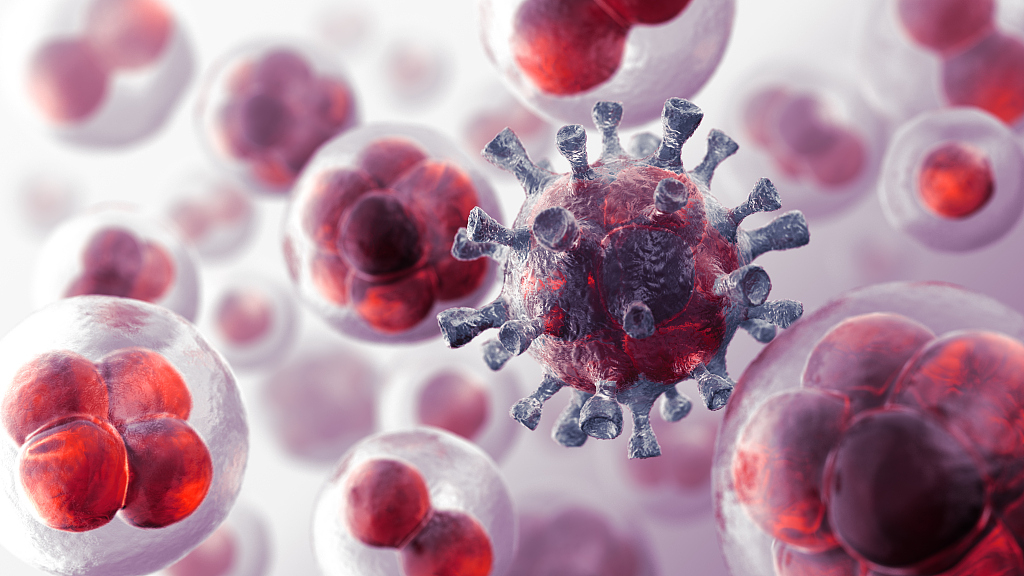
A joint Sino-German team has found a promising approach to understanding the SARS-CoV-2, which may help the development of inhibitors, according to a newly study published on Science Magazine.
The study is focused on the analysis of the main protease (Mpro) of SARS-CoV-2, saying that scientists have decoded the 3D architecture of the main SAR-CoV-2 protease through using the high-intensity X-ray light from the BESSY II facility of the Helmholtz-Zentrum Berlin. The result shows that the protein plays a central role in the reproduction of the virus.
Considering the crystal structure of the Mpro of SARS-CoV-2 is very similar to the Mpro of the related SARS virus, the team used the crystal structure to investigate the interactions of Mpro with α-ketoamides and optimize the substituents of the drug candidates, giving a result that the optimized drug candidate remains in the lung tissue for some time and could potentially be administrated directly by inhalation.
Since there is no human protease with similar cleavage specificity, the inhibitor is unlikely to be toxic.
The study is conducted by a Sino-German team, which is mainly led by Dr. Rolf Hilgenfeld from the University of Lubeck. Since the outbreak of SARS in 2003, the team has attempted to develop the effective treatment of the coronavirus.
Since the outbreak of COVID-19, scientists from across the globe have struggled to seek effective virus inhibitors. In light of the pharmacokinetic results, this study provides a useful framework for the development of pyridine-contained anti-coronavirus drugs, potentially lowering COVID-19 infections.